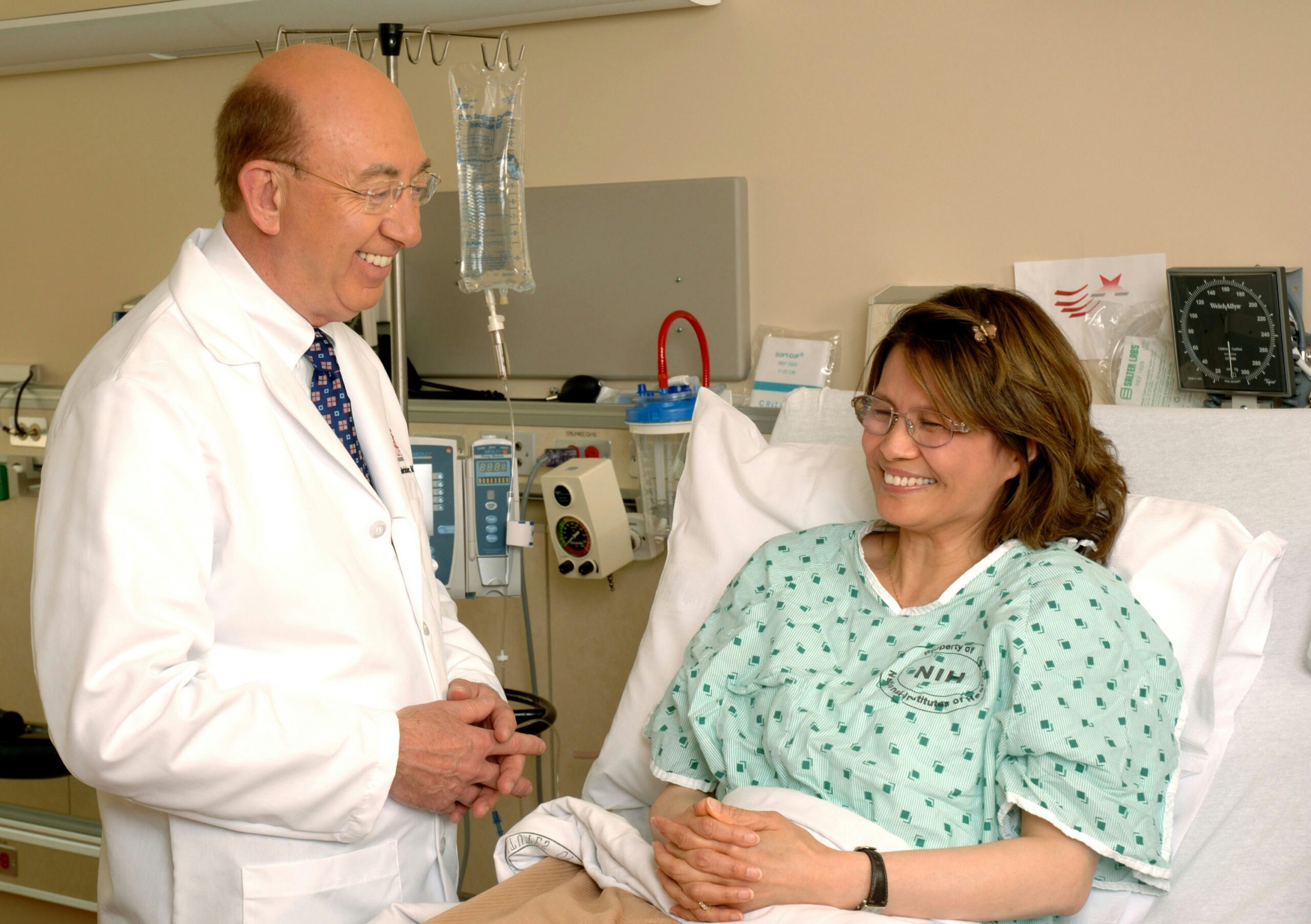
The healthcare industry is undergoing a significant transformation driven by technological innovations. From remote consultations to groundbreaking advancements in diagnostic tools, these technologies are enhancing the quality of care and ensuring more efficient treatment. In this article, we will explore five key medical innovations that are revolutionizing patient care.
Telemedicine: Bringing Healthcare to Your Doorstep
Telemedicine has emerged as one of the most impactful innovations in recent years, especially as the demand for remote healthcare skyrocketed during the COVID-19 pandemic. By utilizing digital platforms, telemedicine allows healthcare providers to conduct consultations with patients via video calls, phone calls, or even text messaging. This innovation is particularly valuable for individuals in rural or remote areas who may have limited access to healthcare facilities.
Telemedicine has not only made healthcare more accessible but also safer by reducing the need for in-person visits. Patients can now consult with doctors from the comfort of their homes, minimizing the risk of exposure to illnesses. Additionally, telemedicine has enabled healthcare providers to manage patient follow-ups, chronic conditions, and mental health services more effectively, contributing to improved patient care outcomes.
Artificial Intelligence in Early Diagnosis
Artificial intelligence (AI) is playing a pivotal role in revolutionizing the way diseases are diagnosed. AI systems are capable of analyzing large datasets, including medical images, lab results, and patient histories, to detect early signs of diseases. For example, AI algorithms can analyze mammograms or CT scans to identify anomalies like tumors that might otherwise go unnoticed.
One of the most significant advantages of AI is its ability to predict the likelihood of disease progression, helping doctors make more accurate treatment decisions. By leveraging machine learning, AI continues to improve over time, offering increasingly precise and personalized diagnostic capabilities that lead to better patient outcomes and reduced risks of misdiagnosis.
Wearable Devices: Real-Time Health Monitoring
The rise of wearable health devices, such as smartwatches and fitness trackers, has brought a new dimension to healthcare by enabling continuous health monitoring. These devices are designed to track vital signs, such as heart rate, blood pressure, and oxygen levels, providing valuable data to both patients and healthcare professionals. With these devices, patients can monitor their health in real-time, leading to the early detection of potential issues.
For those with chronic conditions, such as diabetes or hypertension, wearable devices are invaluable. They enable patients to monitor their symptoms and adjust their treatment plans accordingly. Moreover, doctors can remotely monitor patient data, allowing for timely interventions and more effective management of long-term health issues.
Robotic-Assisted Surgery: Improving Precision and Recovery Times
Robotic-assisted surgery has brought a new level of precision to the operating room. Surgeons now have access to robotic systems that allow them to perform complex surgeries with enhanced control and accuracy. These robotic systems, operated through a console by the surgeon, enable smaller incisions, reduced blood loss, and less tissue damage, resulting in quicker recovery times and less pain for patients.
Robotic surgery is particularly beneficial in delicate areas, such as neurosurgery, heart surgery, and orthopedic procedures. The increased precision helps to minimize complications during surgery, leading to better outcomes and fewer post-surgical complications. With shorter recovery periods, patients can return to their daily lives faster, and hospitals experience shorter stays, reducing healthcare costs overall.
3D Printing: Customized Solutions for Patient Care
3D printing has opened up new possibilities in the creation of prosthetics, implants, and even surgical tools. Traditional prosthetics often require mass-production molds, which can be uncomfortable or ill-fitting for patients. With 3D printing, prosthetics can be customized to match a patient’s unique body shape, ensuring a more comfortable and functional fit.
This technology also enables the creation of detailed 3D models of organs, which surgeons can use to plan complex procedures with increased accuracy. In addition, 3D printing speeds up the production of medical devices, reducing wait times for patients in need of implants or prosthetics. The ability to rapidly produce personalized medical devices is making healthcare more efficient and accessible, particularly for those who require specialized treatments.
Innovations in medical technology are transforming the way healthcare is delivered, leading to improved patient outcomes and more efficient care systems. Telemedicine, AI-driven diagnostics, wearable health devices, robotic surgery, and 3D printing are just a few examples of how technology is reshaping the future of patient care. As these innovations continue to evolve, the possibilities for improving healthcare are boundless, offering patients more personalized, timely, and effective treatments. The future of healthcare is indeed bright, thanks to these technological advancements.